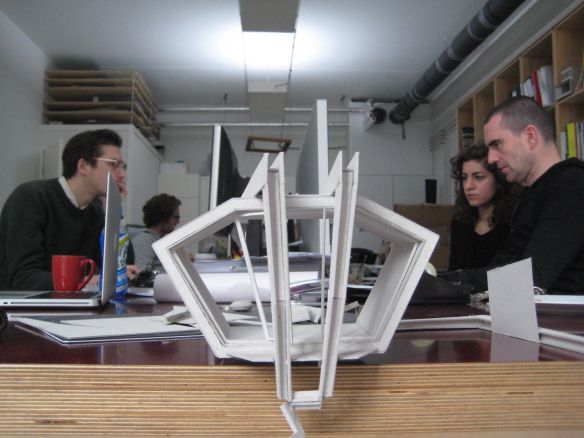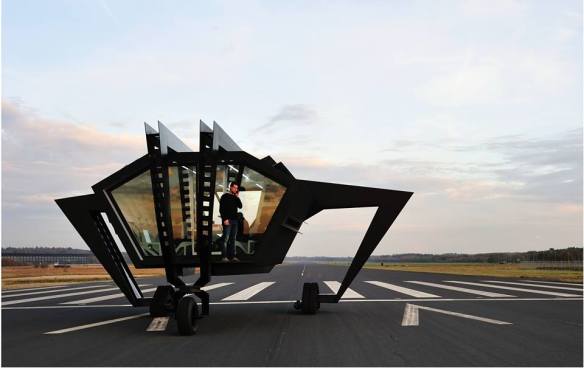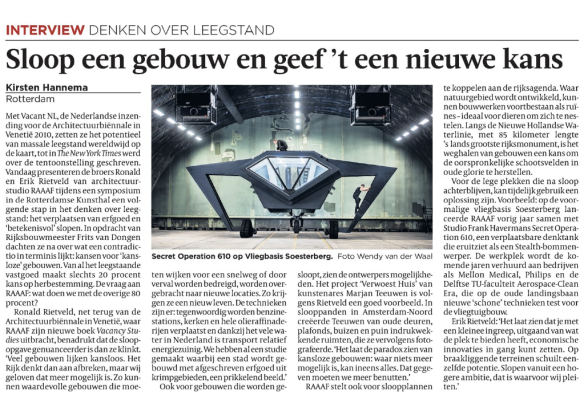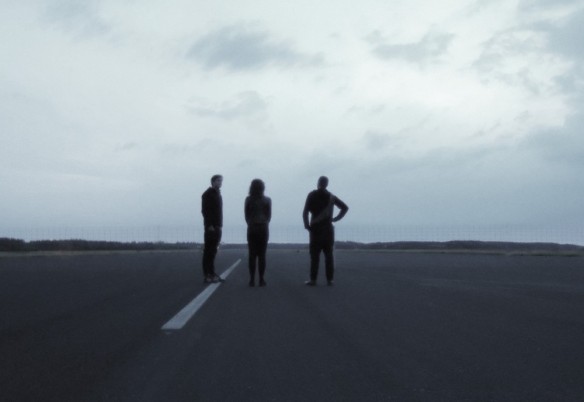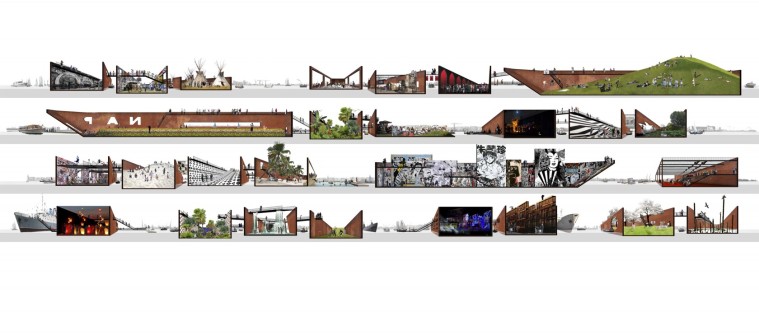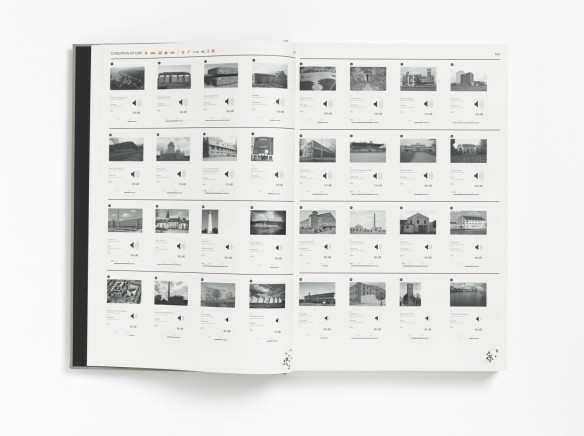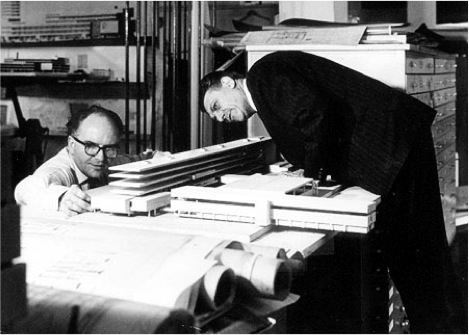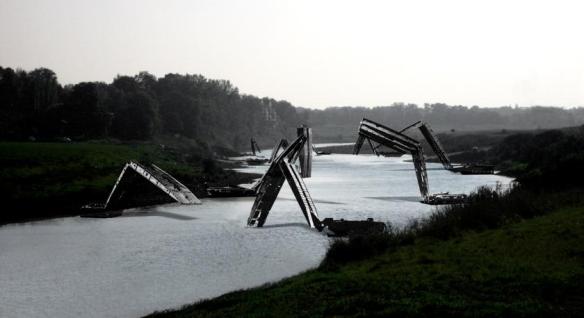Jelle Bruineberg and I have published a new paper on self-organization and skilled intentionality. (An earlier 2008 paper on this topic can be found here.) Jelle is one of the PhD-students on VIDI-project ‘Landscape of Affordances: Situating the Embodied Mind’ at the University of Amsterdam. The paper is published in a Frontiers in Human Neuroscience special issue on the implications of Tony Chemero’s (2009) book Radical Embodied Cognitive Science. Here is the abstract and a link to the page where one can download the PDF of our paper:

In this paper, we set out to develop a theoretical and conceptual framework for the new field of Radical Embodied Cognitive Neuroscience (cf. Chemero, 2009). This framework should be able to integrate insights from several relevant disciplines: theory on embodied cognition, ecological psychology, phenomenology, dynamical systems theory, and neurodynamics. We suggest that the main task of Radical Embodied Cognitive Neuroscience is to investigate the phenomenon of skilled intentionality from the perspective of the self-organization of the brain-body-environment system, while doing justice to the phenomenology of skilled action.
In previous work, we have characterized skilled intentionality as the organism’s tendency towards an optimal grip on multiple relevant affordances simultaneously (Rietveld, 2012a/b/c). Affordances are possibilities for action provided by the environment (Gibson, 1979; Chemero, 2003). In the first part of this paper, we introduce the notion of skilled intentionality and the phenomenon of responsiveness to a field of relevant affordances.
 Figure 1: Sketch of conceptual framework to be refined (Rietveld, 2012c). Through skilled intentionality one gets a grip on a field of affordances. (Inspired by: Thompson, 2007, 2011; Chemero, 2003, 2009; Dreyfus, 2007; Tschacher & Haken, 2007; Rietveld, 2008a/b/c).
Figure 1: Sketch of conceptual framework to be refined (Rietveld, 2012c). Through skilled intentionality one gets a grip on a field of affordances. (Inspired by: Thompson, 2007, 2011; Chemero, 2003, 2009; Dreyfus, 2007; Tschacher & Haken, 2007; Rietveld, 2008a/b/c).
Second, we use Friston’s (2000, 2011) work on neurodynamics, but embed a very minimal version of his Free Energy Principle in the ecological niche of the animal. Thus amended, this principle is helpful for understanding the embeddedness of neurodynamics within the dynamics of the brain-body-environment system. Next, we show how we can use this adjusted principle to understand the neurodynamics of selective openness to the environment: interacting action-readiness patterns at multiple timescales contribute to the organism’s selective openness to relevant affordances.
In the final part of the paper, we emphasize the important role of metastable dynamics in both the brain and the brain-body-environment system for adequate affordance-responsiveness. We exemplify our integrative approach by presenting research (De Haan, Rietveld, Stokhof & Denys, 2013) on the impact of Deep Brain Stimulation on affordance responsiveness of OCD patients.
